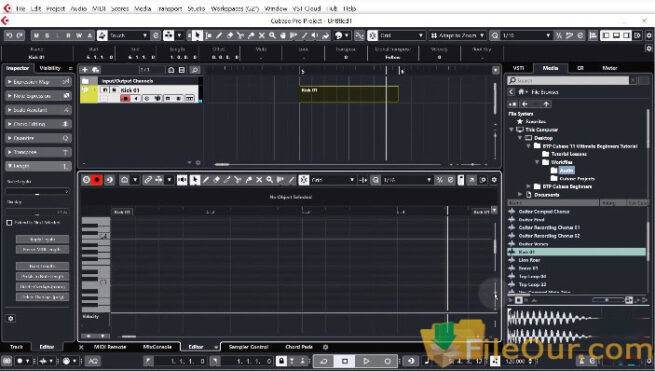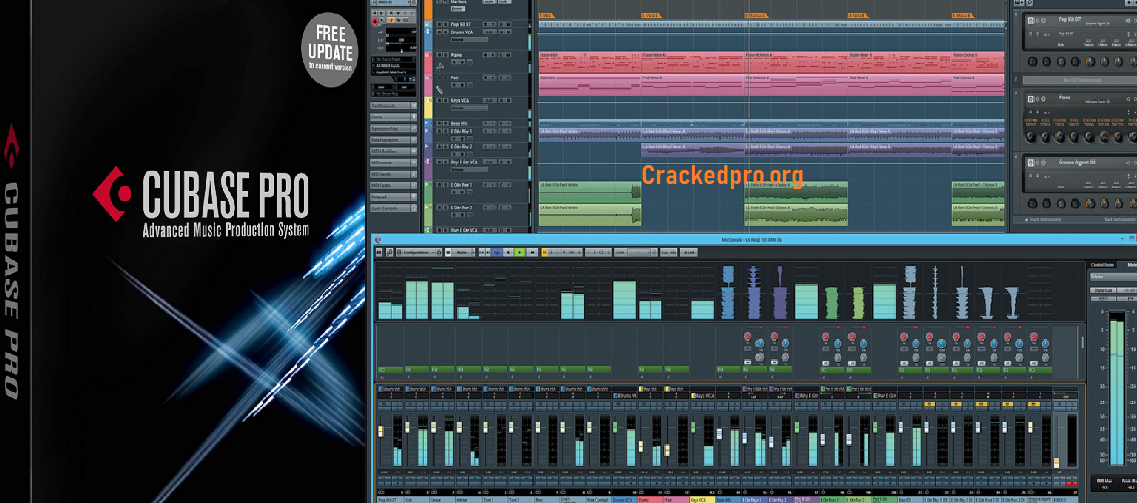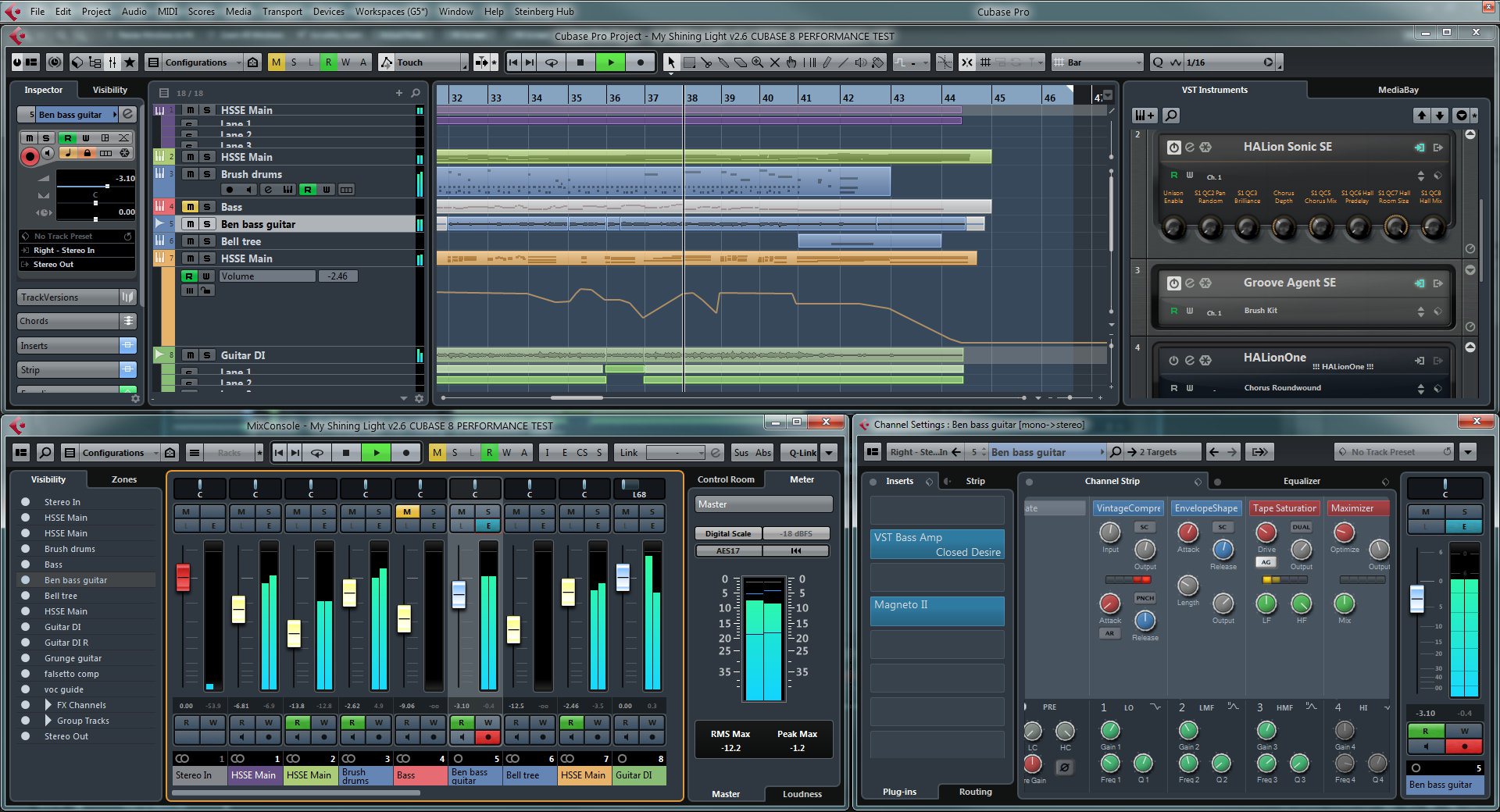

Taking advantage of the vast amount of different recordings in the VSL it automatically selects the appropriate one - e.g. The Dorico Articulate Map strongly raises the bar, when it comes to the quality of score playback! Thereby, you don't have to use Midi events at all to select even special articulations. a strong 2s crescendo or a slow upwards glissando in C major). In addition to all standard attributes and directions, like pizzicato or legato, for articulations with many different versions you can even select each individual one by up to four self-explanatory attributes per note (e.g. The Cubase Articulate Map makes editing simpler than ever. offering all the possibilities available in a DAW! Yet at the same time the Articulate Map allows you at any point in the score to manually shape the playback in all details.

And the new HD mode, based on the great HD Shorts, gives you in Dorico even an alternative automatic playback. The unique Dorico Articulate Map relies on standard notation symbols and gives you the best possible playback for a given score - without any further editing. When recording the Cubase Articulate Maps even automatically encode the currently active articulation into the corresponding notes. In Cubase there are even two distinct versions of the Articulate Map: one gives you convenient access to every single articulation version by self-explanatory attributes without the need for any additional Midi events, while the other allows you to shape the performance in detail via the powerful 3D-control.

Both are created from scratch in order to take advantage of the unique features of the respective software. Both are very likely by far the most comprehensive Expression Maps ever created for the respective software! They are free for all users of Articulate Presets and offer you the best possible user experience for orchestral composition. Taking advantage of Cubase & Dorico's unique Expression Map feature, the Articulate Maps cover the entire VSL libraries.


 0 kommentar(er)
0 kommentar(er)
